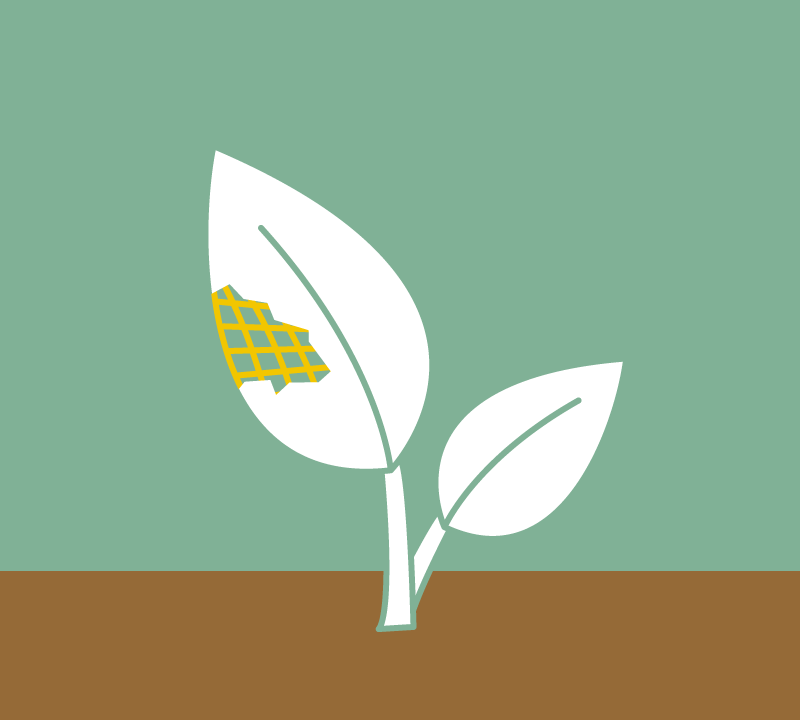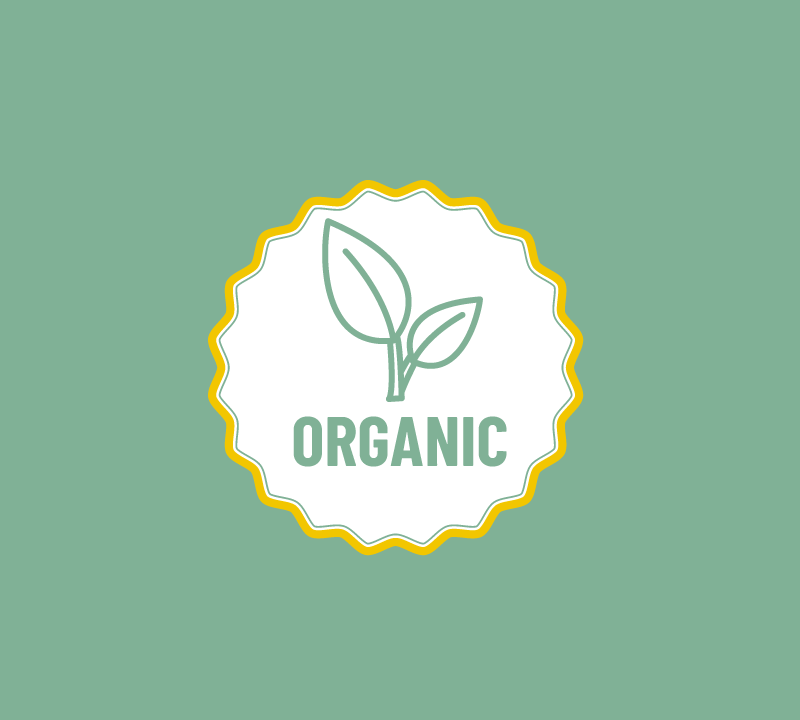Supporting natural plant growth
Biostimulation – organic power and strength from natural sources
Plant biostimulation has become an important method of promoting plant growth on many levels. It improves nutrient use efficiency, increases tolerance to abiotic stress and enhances crop quality traits – and that's just the beginning of the full range of possibilities.
The scope of benefits to plant metabolism is reflected in a wide range of bioactive ingredients laid out in scientific literature. Biostimulants are applied to foliage or soil to ensure that the plant metabolism is able to adapt faster to environmental changes and stress conditions.
The following main bioactive ingredients are recognized as having biostimulant characteristics:
- Seaweed extracts
- Amino acids
- Humic substances
- Plant extracts
- Phytohormones
The benefits of biostimulants

Increased plant growth

Improved plant energy retention

Faster plant injury recovery

Reduced plant stress
The biostimulants market is growing...

... due to global climate change

... due to increased demand for organic farming

... due to more frequent weather extremes
Expected growth of biostimulants by 2025:
Biostimulant effects
The balance of hormones within a plant is a complex interaction which controls growth and development. Materials (such as phytohormones in seaweed or other plant extracts) that alter the hormonal condition of a plant can exert great influence on its overall growth and health.
Various environmental stresses, such as drought, heat, ultraviolet light and the use of herbicides, can damage your plants by producing free radicals or reactive oxygen molecules. These molecules are strong oxidizing agents which damage the lipids, proteins and DNA within cells. Antioxidants are metabolites and enzymes that neutralize or remove free radicals to protect plant cells from damage. Some biostimulants promote the production of antioxidants capable of counteracting the damaging effects of oxidation in plant tissue.



